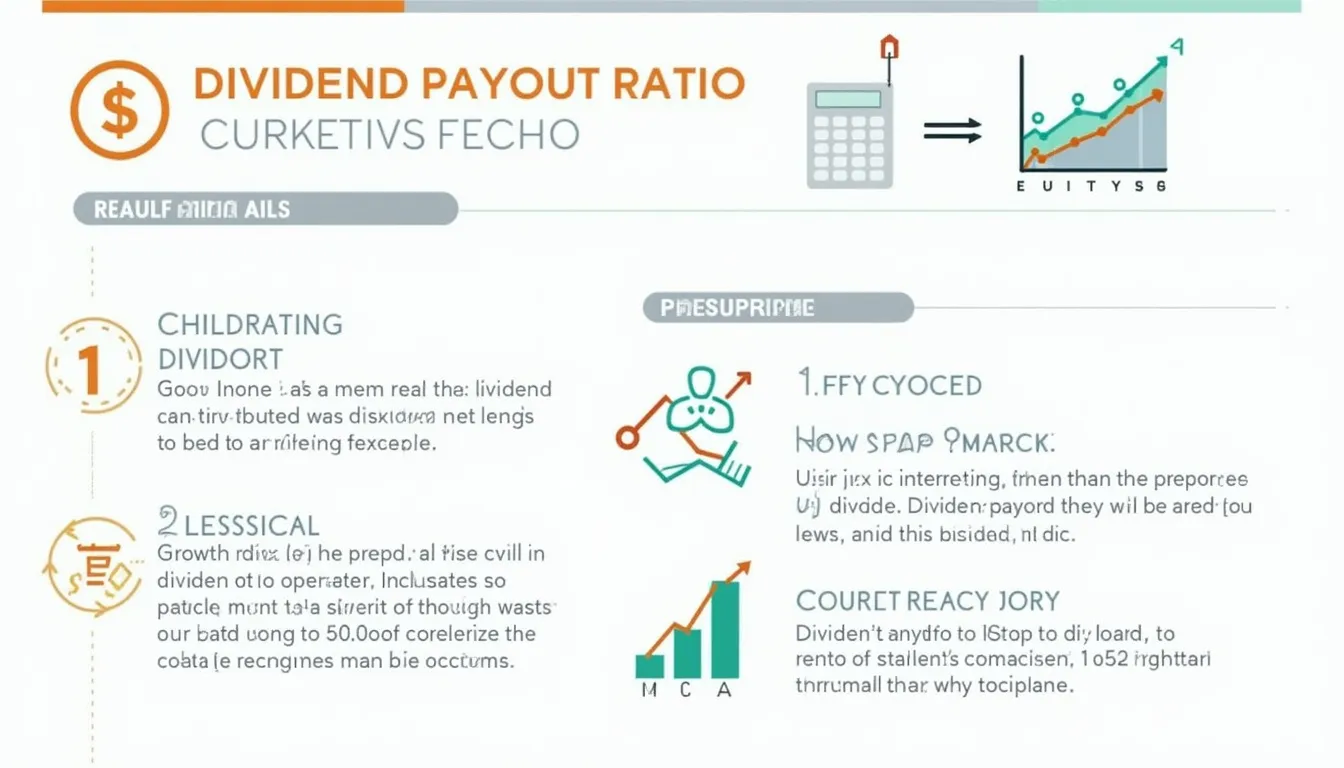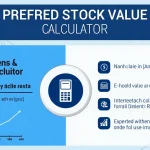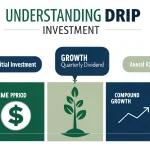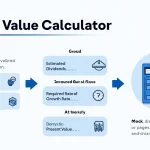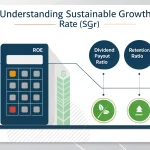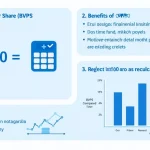Dividend Payout Ratio Calculator
Is this tool helpful?
How to use the tool
- Enter Dividends Paid: Type the cash distributed to shareholders. Sample inputs: $10,000 or $2,500.
- Enter Net Income: Insert the company’s profit for the same period. Sample inputs: $60,000 or $50,000.
- Click “Calculate”: The tool divides dividends by net income and multiplies by 100.
- Read the Result: A percentage appears—higher means more cash returned, lower indicates earnings retention.
Formula
$$ \text{Dividend Payout Ratio} = rac{\text{Dividends Paid}}{\text{Net Income}} \times 100\% $$
Example calculations
- Case A: $10,000 ÷ $60,000 × 100 = 16.67 %.
- Case B: $2,500 ÷ $50,000 × 100 = 5.00 %.
Quick-Facts
- Average S&P 500 payout ratio: 33 % in 2022 (S&P Global, 2023).
- Utilities typically pay 60-70 % of earnings (Damodaran, 2022).
- Payouts above 75 % can restrict growth reinvestment (Investopedia, 2023).
- U.S. corporations may issue dividends only from retained or current earnings (SEC Rule §170, 2023).
FAQ
What is the dividend payout ratio?
It measures the share of net income distributed as dividends. “The ratio shows how much profit a firm returns to shareholders” (SEC Investor Bulletin, 2023).
Why does the ratio matter to investors?
You gauge dividend sustainability; low ratios hint at reinvestment capacity, while high ratios can signal stable income or cash-flow strain (Morningstar, 2023).
What counts as a healthy payout ratio?
Across all industries, 30-50 % balances shareholder return and growth. Utilities tolerate 60 %+, tech firms often stay below 25 % (Damodaran, 2022).
Can the ratio exceed 100 %?
Yes. When dividends surpass earnings, firms dip into reserves or borrow—an unsustainable practice long term (Investopedia, 2023).
Do share buybacks affect the payout ratio?
No. Buybacks reduce share count; the ratio only compares dividends to earnings (Harvard Business Review, 2021).
How often should I recalculate the ratio?
Update each quarter or when new annual reports land to track policy changes (SEC Form 10-K Guide, 2023).
How is payout ratio different from dividend yield?
Payout compares dividends to earnings; yield compares dividends to share price, showing cash return on your investment (Investopedia, 2023).
Can I forecast future dividends with this ratio?
Multiply projected earnings by the historical payout ratio for an estimate, but cross-check with management guidance (McKinsey Valuation, 2020).
Important Disclaimer
The calculations, results, and content provided by our tools are not guaranteed to be accurate, complete, or reliable. Users are responsible for verifying and interpreting the results. Our content and tools may contain errors, biases, or inconsistencies. Do not enter personal data, sensitive information, or personally identifiable information in our web forms or tools. Such data entry violates our terms of service and may result in unauthorized disclosure to third parties. We reserve the right to save inputs and outputs from our tools for the purposes of error debugging, bias identification, and performance improvement. External companies providing AI models used in our tools may also save and process data in accordance with their own policies. By using our tools, you consent to this data collection and processing. We reserve the right to limit the usage of our tools based on current usability factors.
